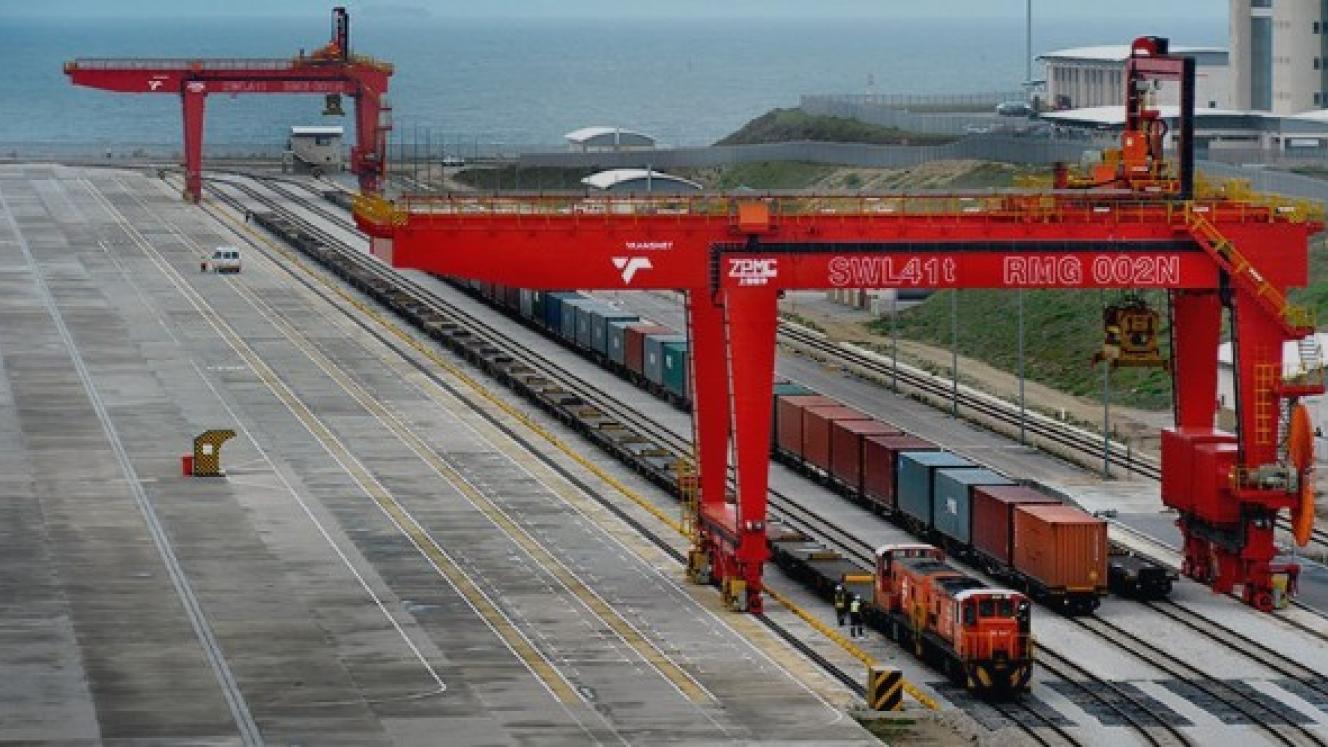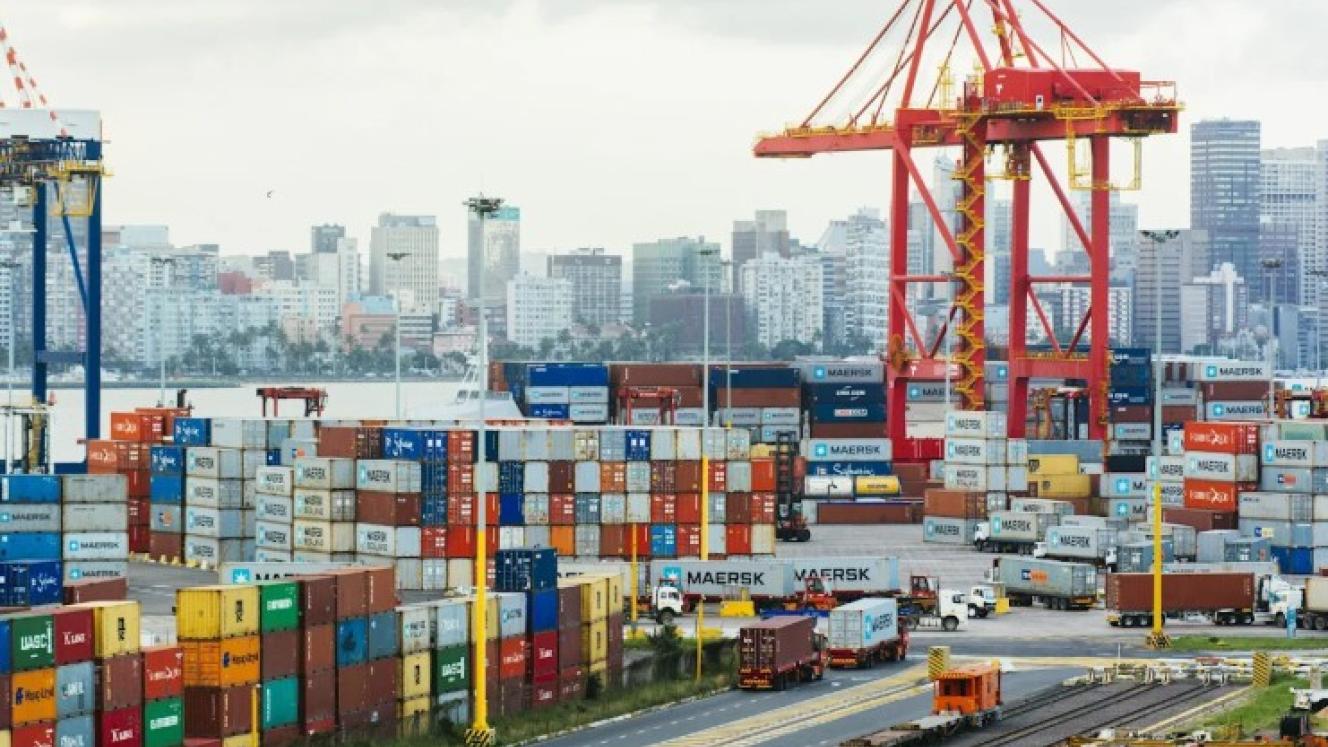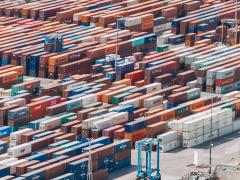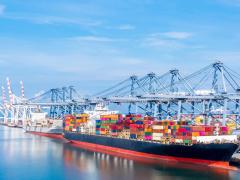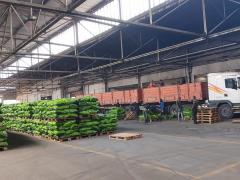Back-of-port (BoP) capacity utilization, such as the inland container terminal facility in Cato Ridge, ought to be reconsidered as a matter of urgency, especially now that ports like Durban have raised the bar with a new container-moves record.
Having broken through the weekly barrier with 101 295 TEU moves last week – a feat last achieved for the 2017/18 financial year – Transnet Port Terminals (TPT) could continue on the same trajectory through existing BoP efficiencies, said multimodal executive, Mike Daniel.
According to the CEO of Rail Runner South Africa, it needs to be understood that the country’s ports will most likely always be congested in one way or another because of design constraints not keeping pace with surrounding urbanization growth.
He said this was especially the case with Durban Container Terminals (DCT).
Last week, responding to ongoing complaints by landside harbour carriers that they continue to load containers slower than waterside movements, DCT chief executive Earle Peters confirmed that berthed box ships were worked at least 30% faster than road freight retrieval levels.
The primary reason he gave for this was nagging infrastructural challenges at the gate of DCT Pier 2.
He said unless physical access dynamics were expanded to allow more trucks in and out, harbour carrier volumes would continue to lag behind current container moves.
Peters also said it was important to relook at moving more boxes on to rail for landside container evacuation.
According to Daniel, a shift of services such as cargo clearing and related administration requirements to Cato Ride Inland Port could assist TPT with sustaining current container moves.
“Ports like Durban will always be constrained unless we start using BoP services. Our ports are very old and cannot easily expand, yet cargo demand and movement are on the increase. That’s a good thing but we need to consider multimodalities.”
He said a recent port-side achievement of 61 moves in 60 minutes in Cape Town showed what TPT was capable of, lifting its game from the current standard of 15 moves an hour, in general.
“If we can sustain those kinds of performance levels, we could really turn our ports around, but it would require BoP utilisation by moving more containers on to rail. Once the boxes are at inland terminals, they can idle there while all the necessary cargo requirements are met before being moved to their final destination.”
Daniel said it was encouraging that Transnet had adopted an open network privatisation model to enable the movement of more freight by rail.
In May, at the launch of a Logistics Accountability Score by data innovator Crickmay, transport minister Barbara Creecy said the state-owned entity was on track to move 250 million tonnes on to rail through its public-private partnership initiatives.
She emphasized, though, that it was a slow process and that earlier benchmark improvements of 145m tonnes, later increased to 161m tonnes, should be further pushed to higher levels at the earliest possible time.
Speaking at the same Crickmay event, Francois Fouche, economist and research fellow at Gordon Institute of Business Science, said the pace of progress wasn’t fast enough, a sentiment Daniel said he shared.
He maintains that, without multimodal BoP deployments, South Africa’s container-movement potential will remain below par.
